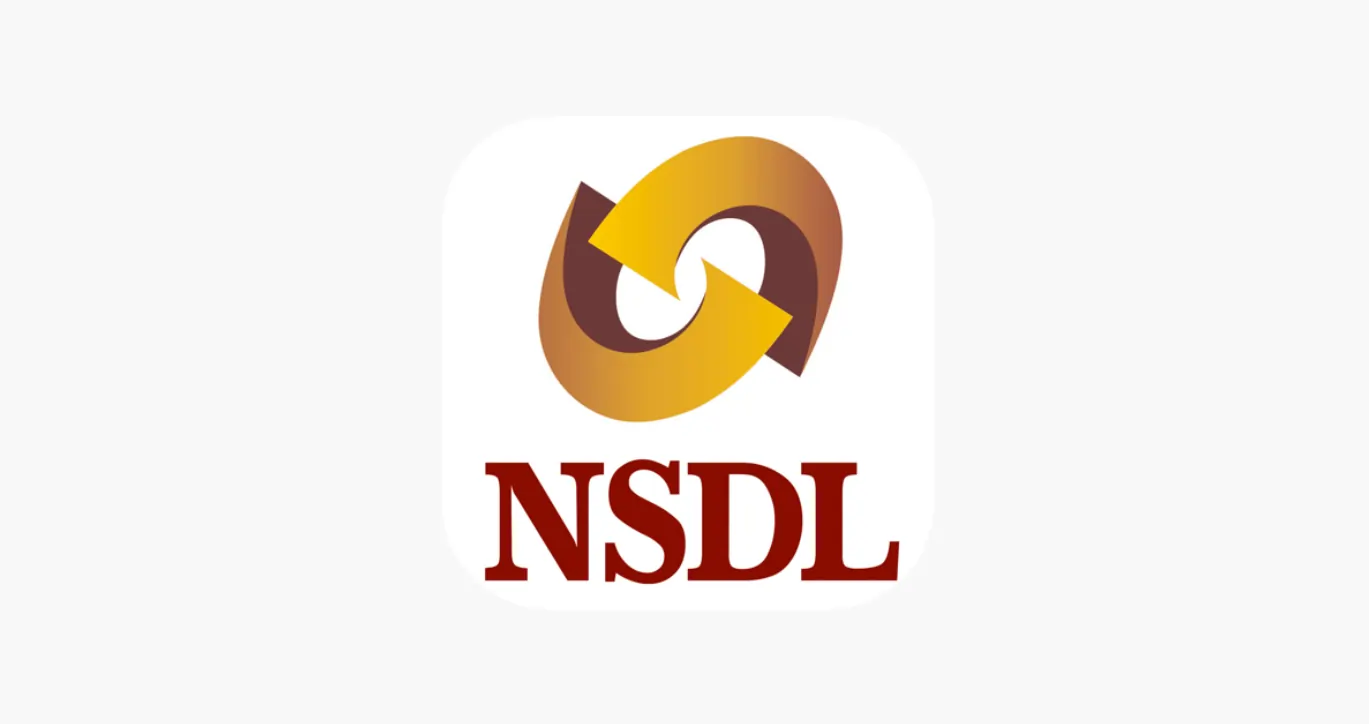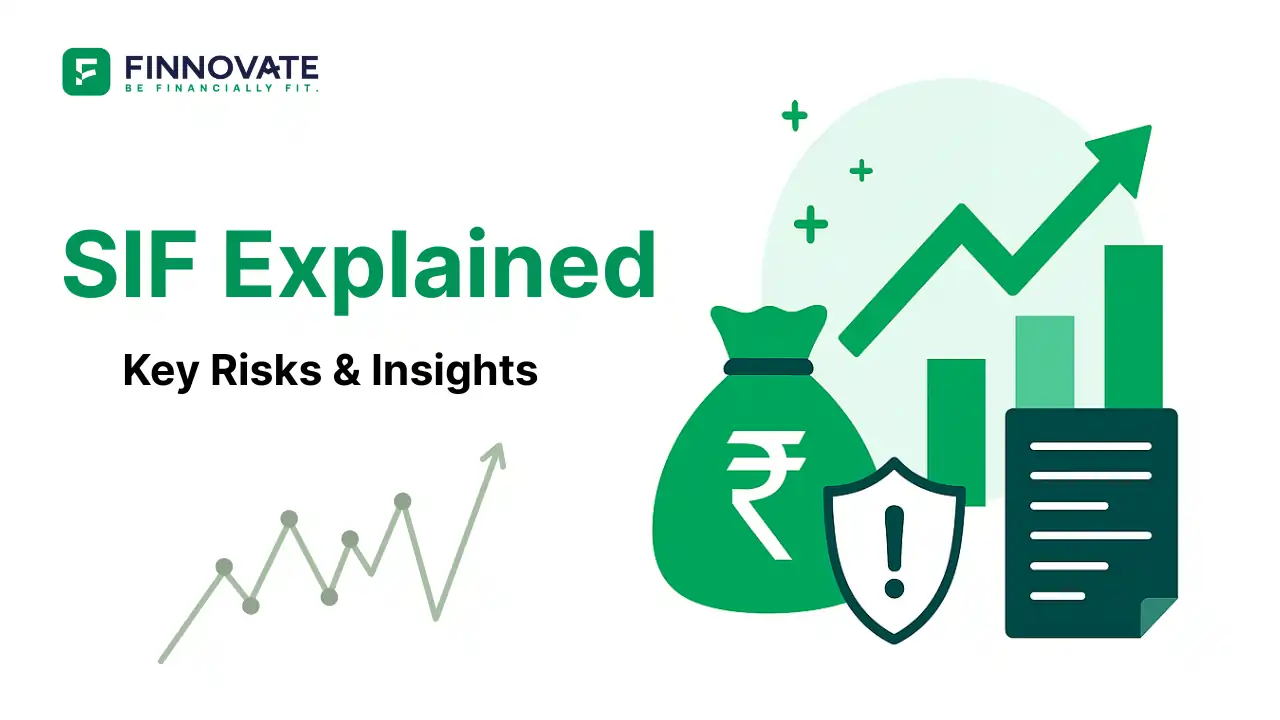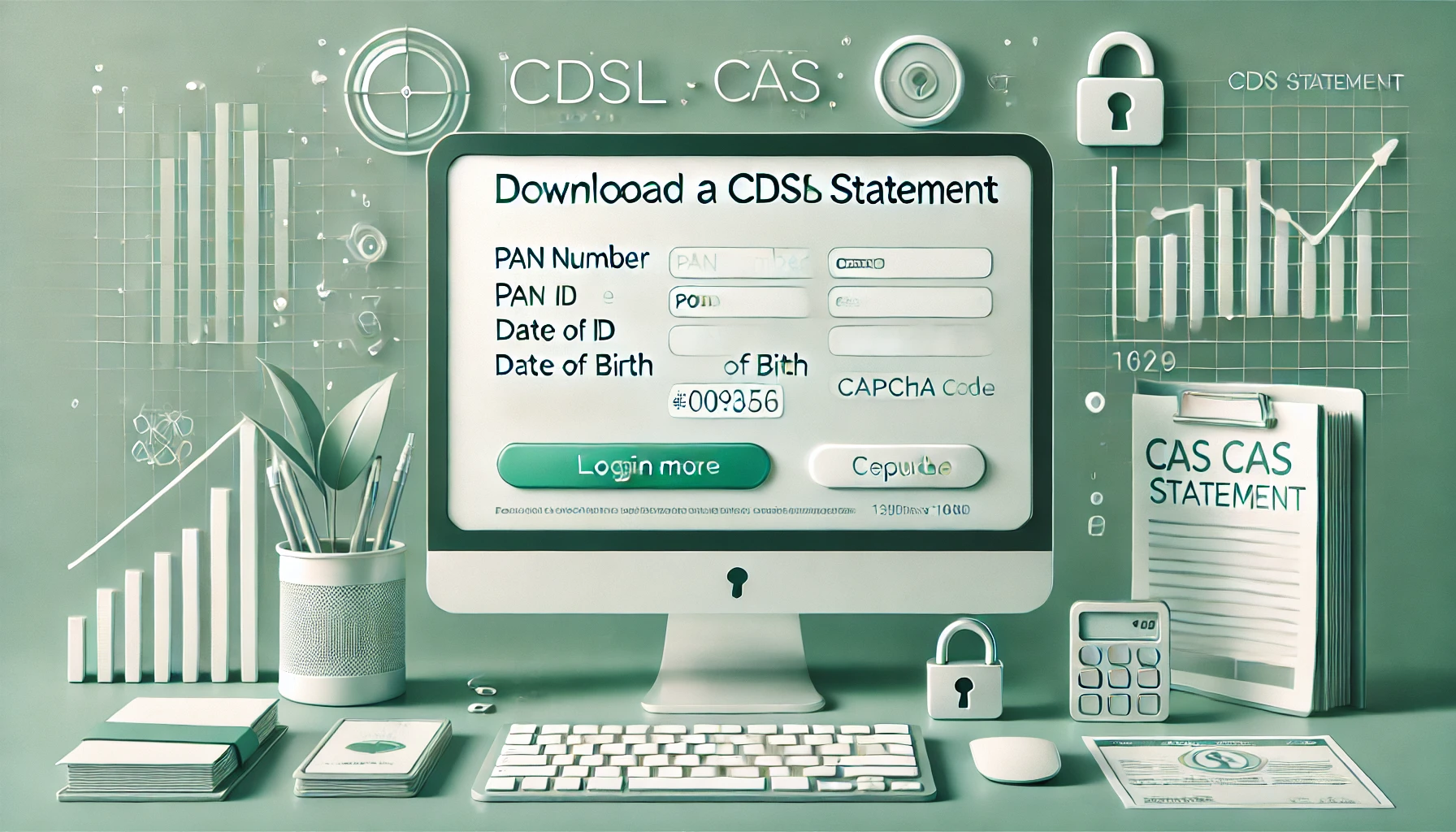
How FPIs Shifted Money Across Sectors in November 2025
A sector-wise breakdown of how FPIs shifted their AUC in November 2025. Telecom, BFSI, aut...
What
exactly is the yield curve?
Yield curve is the relationship between the yield on bonds and its tenure. This yield curve is normally upwards sloping since longer tenure bonds carry more of risk and hence the yields are higher as compared to shorter tenure bonds. The positive slope of the yield curve shows this relationship. We are talking of a positive slope to the yield curve in the normal market conditions. However, in any market there are exceptions and the inversion of yield curve is an exception.
Why does yield invert?
Before we get to the reasons for the inversion of yield curve, how exactly is inversion measured? As yield inversion is hard to measure, most markets use a proxy like the spread of short tenure bonds over long tenure bonds. In India, the normal benchmark is the spread between the 364-day treasury bill yield and the benchmark 10-year bond yield. Last week, this spread turned negative, with the yield on the 364-day treasury bill going marginally above the 10-year bond yield, when it touched 7.48%. The 364-day T-Bill yield in India has rallied from 6.9% to 7.48% in 2023, while the 10-year yield has been tad rangebound.
What
does inversion indicate?
Studies in the US have shown that the yield curve inverts a couple of quarters ahead of an actual economic slowdown. Interestingly, this relationship has held in majority of the cases in the last 100 years, which is what gives this measure some degree of credibility. Also, in the Indian context, the inversion of yield curve happened for the first time since the year 2015. Normally, the yield curve gets inverted when the demand for the bonds at the short end of the yield curve is much more than the demand for bonds at the long end. That would normally happen only when the level of confidence in the long-term investing in bonds is weak; which may be the case.
Is yield curve inversion a worry?
In the Indian context this yield curve inversion may not be that simple. For starters, India has a rather distorted yield curve. For instance, we have risk-free instruments like government small savings schemes. These not only offer higher rates, but the tax breaks on such bonds under Section 80C tends to make them inordinately high-yielding debt investments. Secondly, though the Indian debt markets are well over $1 trillion, the trading depth and liquidity is still too narrow. Hence, the pricing may be driven by just a handful of highly influential players. Yield curve may not be that simple in India, but the signal cannot really be ignored at this time.
Popular now

Learn how to easily download your NSDL CAS Statement in PDF format with our step-by-step g...

Explore what Specialised Investment Funds (SIFs) are, their benefits, taxation, minimum in...

Learn How to Download Your CDSL CAS Statement with our step-by-step guide. Easy instructio...

Analyzing the potential economic impact of the 2025 India-Pakistan conflict on India's GDP...